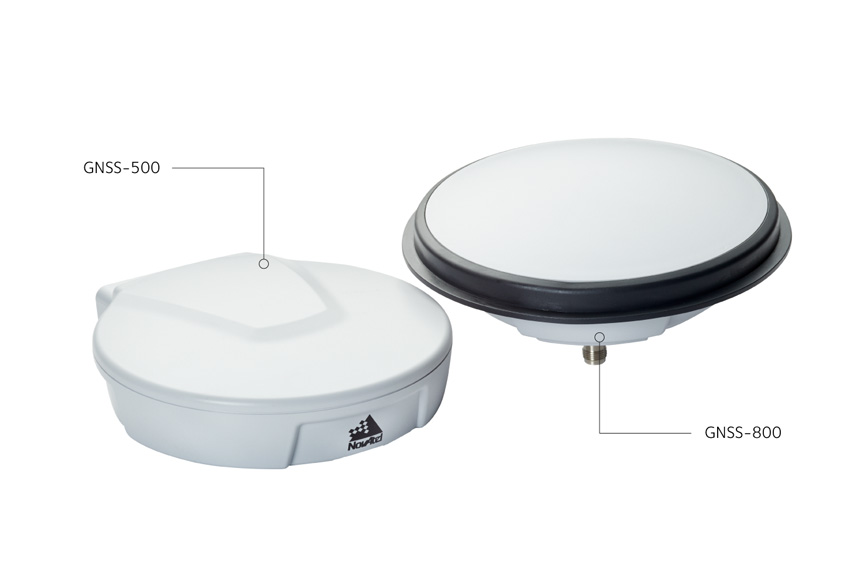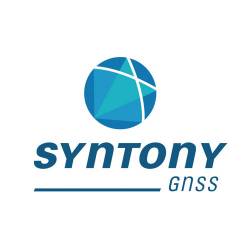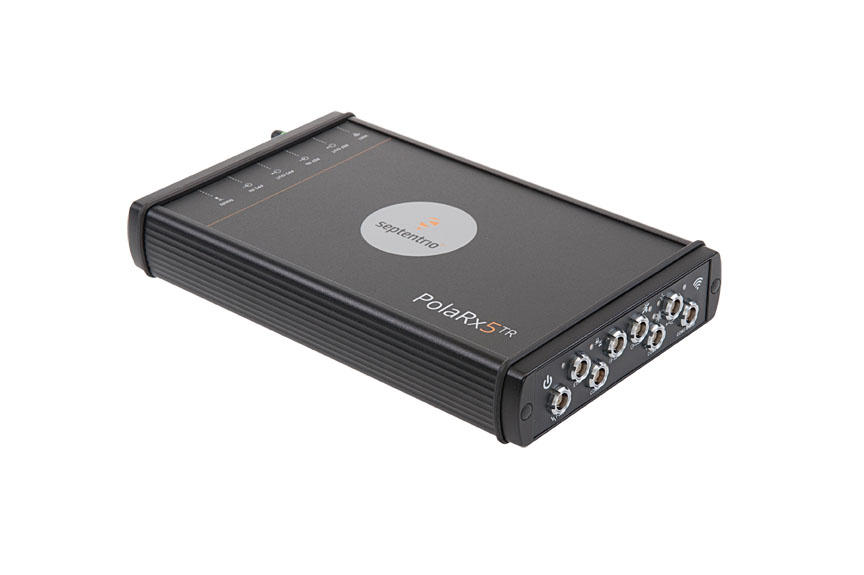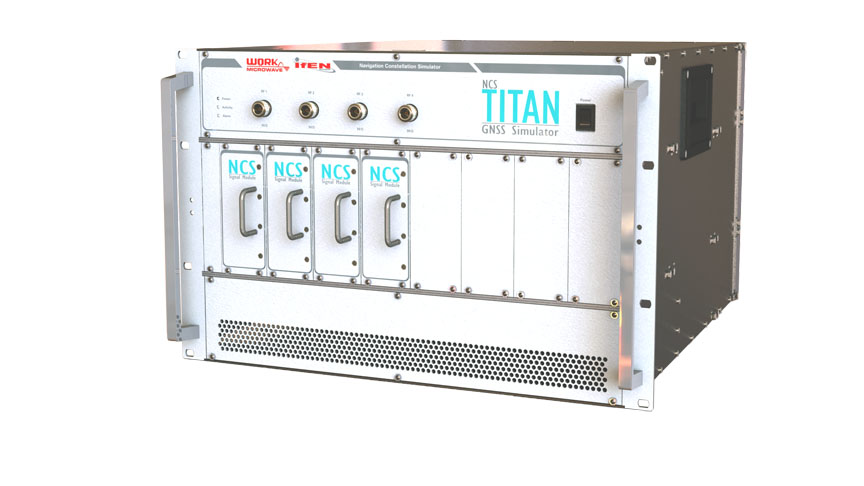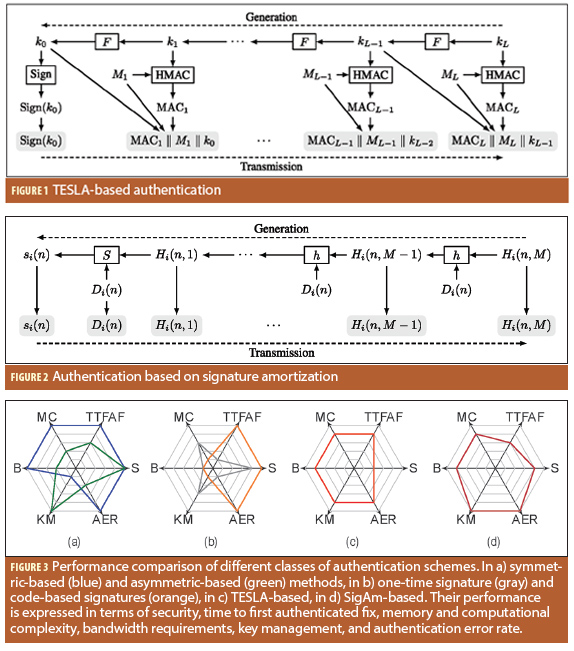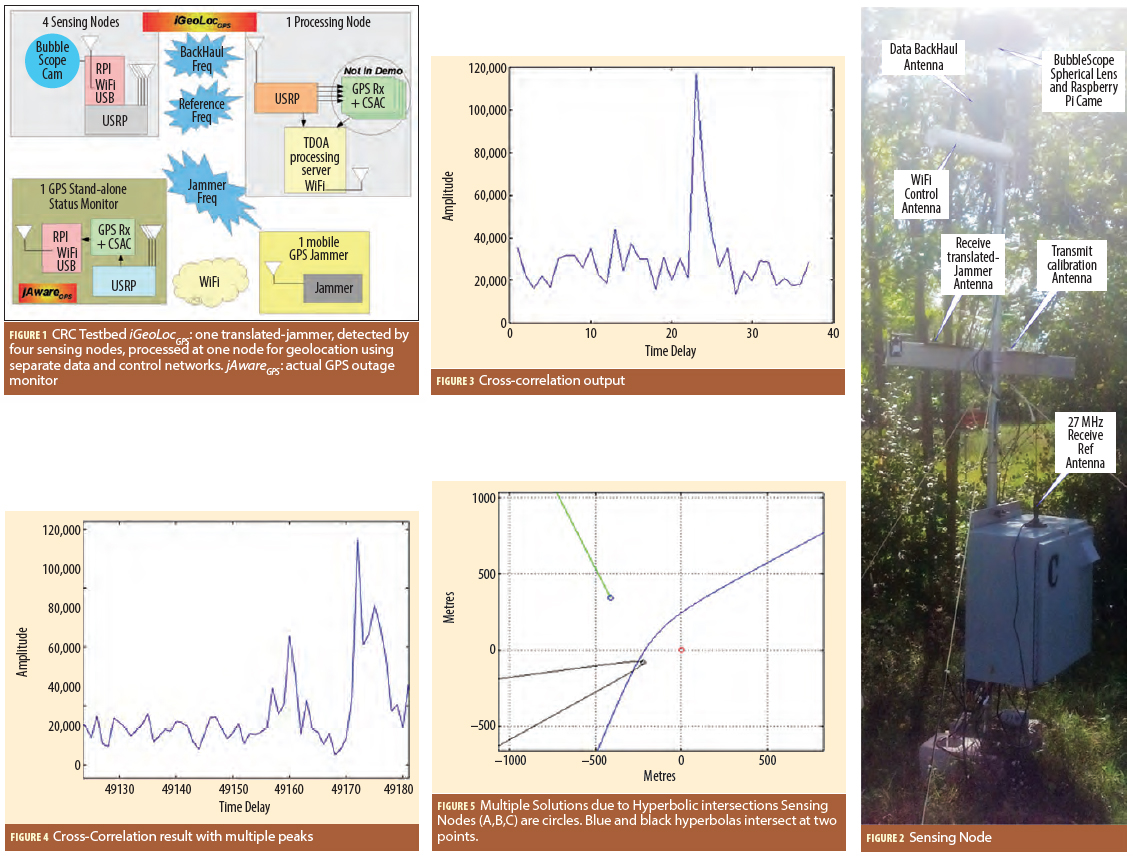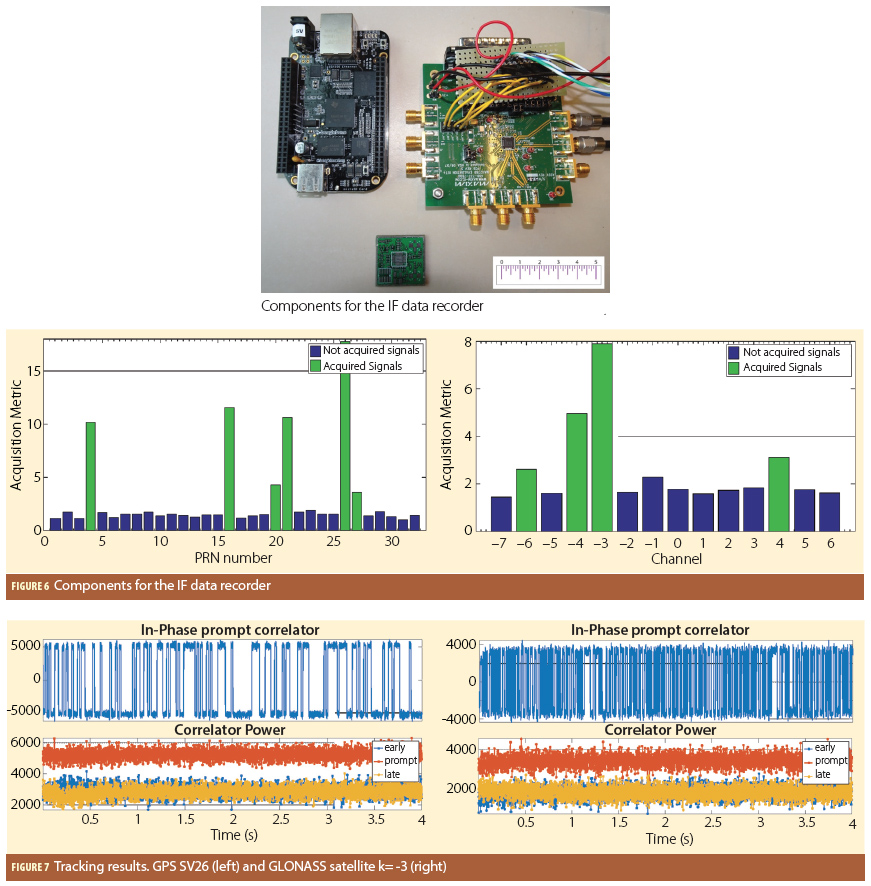NavtechGPS Fall GPS / GNSS Seminars (Courses 346, 541 & 556)

NavtechGPS Fall GPS/GNSS Training Seminars 2016 will take place at the Westin Tysons Corner Hotel in Falls Church, Viginia (Washington, D.C. area), November 14-18, 2016.
Courses 541 and 556 start on November 14, 2016. Courses 122 and 346 will start on November 15, 2016.
By Inside GNSS


